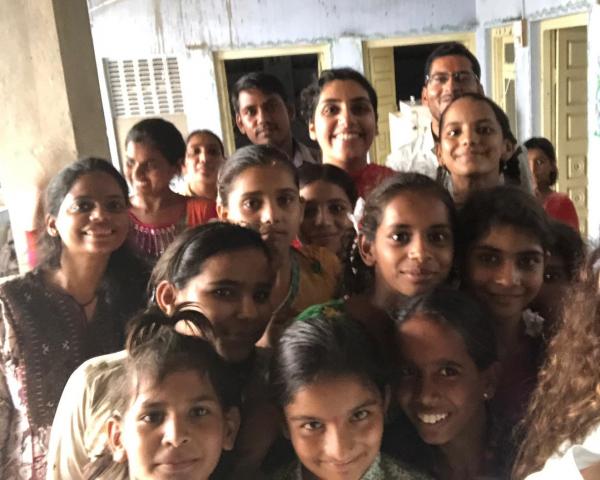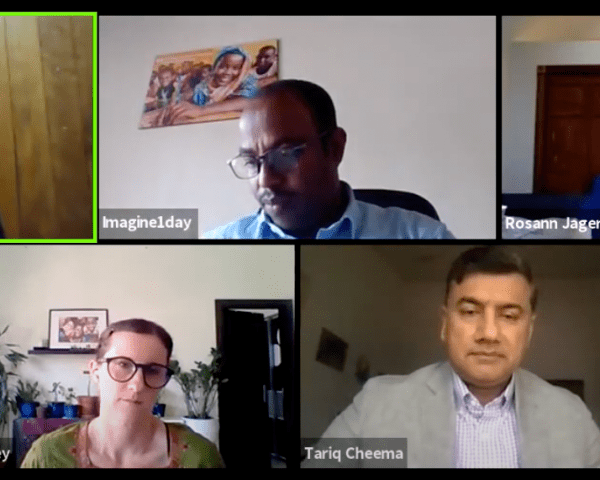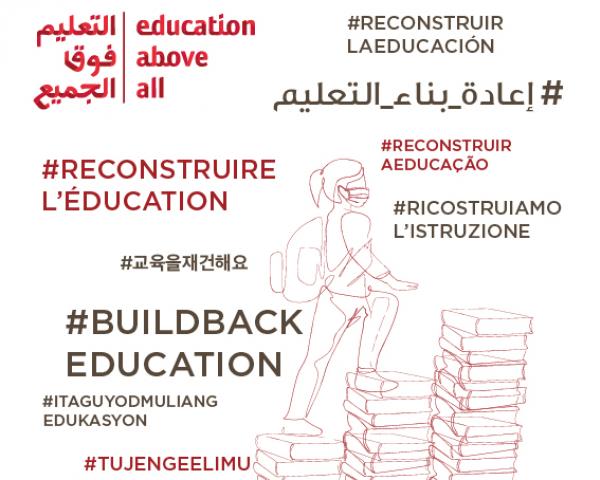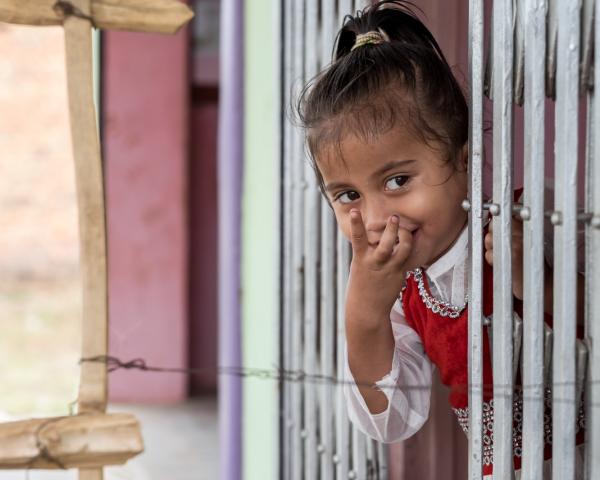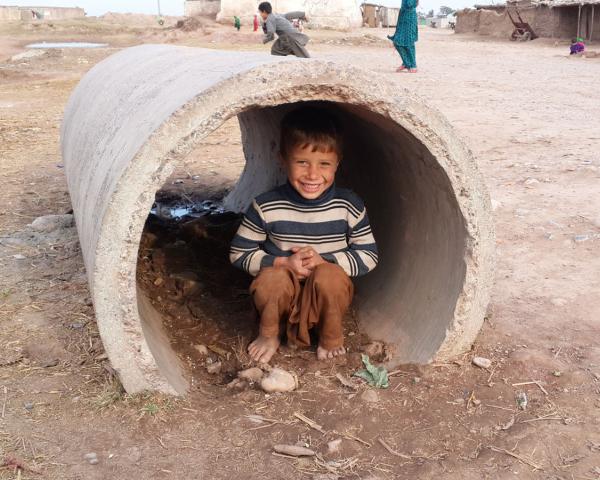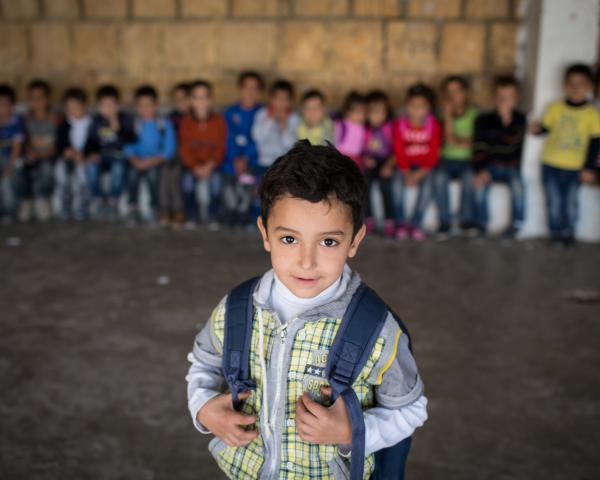Mobilising Resources for the Most Marginalised Children: Expanding Private Sector and Non-traditional Funding

Despite multiple global commitments, according to UIS data for the school year ending in 2018, about 258 million children and youth remain out of school, including an unconscionable 59 million children at the primary level. Further, there are many who are enrolled, yet fail to complete their education or even achieve expected learning outcomes. From 2000 until 2007, significant progress was made in reducing the number of out of school children (OOSC). The number of OOSC was reduced by almost half. By 2008, however, enrolments started to stall and in some countries the number of OOSC increased.
At present and against the backdrop of protracted conflict in many countries and the COVID-19 pandemic, the number of OOSC is likely to rise dramatically. In fact, according to UNESCO (2020), at one point during 2020, 191 countries had implemented nationwide or localised school closures, resulting in over 91 per cent of enrolled students, or 1.5 billion people, not being able to go to school, due to the pandemic.
Without question, the mismatch between the educational reality that children experience around the world and what has been committed vis-a-vis global commitments and human rights treaties is striking. This occasional paper describes Educate A Child’s approaches and strategies to, and experience in, finding and focussing resources to ensure the most marginalised children have access to quality primary education.







